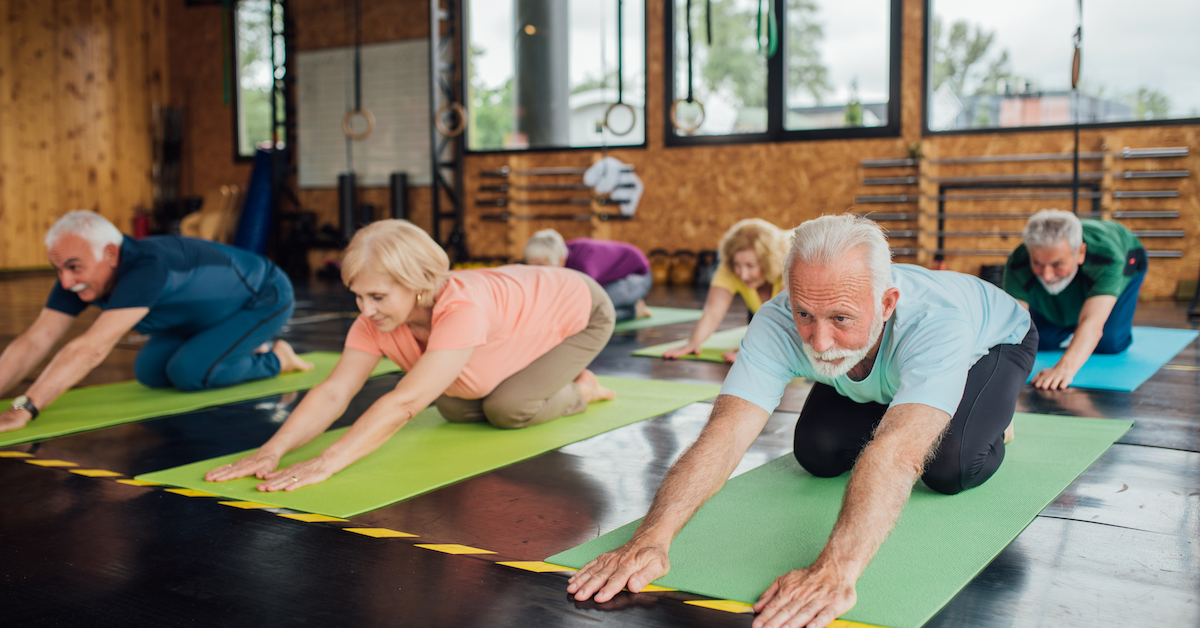Stretching is often overlooked in daily routines, but it plays a vital role in maintaining flexibility, mobility, and overall well-being—especially as we age. Regular stretching can help prevent stiffness, improve balance, and support joint health, making everyday activities easier and reducing the risk of injury.
1. Improves Flexibility and Range of Motion
As we get older, our muscles naturally become less flexible, which can make simple movements like bending down or reaching overhead more difficult. Stretching helps maintain and even improve flexibility, allowing for a greater range of motion and making daily activities easier.
2. Enhances Mobility and Reduces Stiffness
Aging can lead to muscle tightness and joint stiffness, affecting mobility. Stretching keeps muscles and joints limber, promoting smoother movement and reducing discomfort. This is particularly important for older adults who want to maintain independence in their daily lives.
3. Supports Better Posture
Poor posture is common with age, often due to muscle imbalances or tightness in areas like the neck, shoulders, and lower back. Stretching can help correct these imbalances by lengthening tight muscles and supporting proper spinal alignment, leading to better posture and reduced strain on the body.
4. Aids in Fall Prevention
Falls are a leading cause of injury in older adults. Stretching improves balance, coordination, and muscle strength, which can help prevent falls. When combined with strength and stability exercises, stretching can enhance overall mobility and confidence when walking or performing daily activities.
5. Helps Reduce Pain and Discomfort
Chronic pain from conditions like arthritis or lower back pain can be alleviated through gentle stretching. By loosening tight muscles and increasing blood flow to affected areas, stretching can relieve tension and reduce discomfort, promoting better movement and comfort throughout the day.
6. Promotes Relaxation and Reduces Stress
Stretching isn’t just good for the body—it’s beneficial for the mind as well. Taking a few minutes to stretch each day can help release tension, reduce stress, and promote relaxation. Pairing stretching with deep breathing exercises can further enhance mental well-being.
Getting Started with Stretching
Incorporating stretching into your daily routine doesn’t have to be complicated. Focus on major muscle groups like the legs, back, shoulders, and neck, and hold each stretch for 15-30 seconds without bouncing. Gentle movements with stretching is an effective way to promote balance and relaxation.
Conclusion
Regular stretching is a simple yet powerful way to maintain flexibility, mobility, and overall health as we age. Whether you’re looking to ease stiffness, improve balance, or just feel better in your body, making stretching a daily habit can lead to long-term benefits for both physical and mental well-being. Start small, be consistent, and enjoy the benefits of a more flexible, mobile, and active lifestyle!
